How to extend the life of mechanical gearbox: tips for beginners
Newcomers will be useful: what mistakes cannot be allowed when shifting
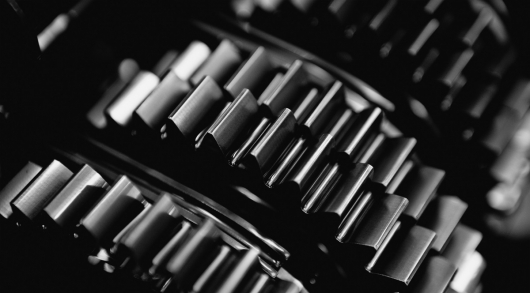
Manual transmission is a very reliable unit. To break it you need a good try. However, as world practice shows, the only ones capable of destroying something that is almost impossible to break, still exists. The question arises: how to operate a manual transmission, so she lived happily ever after? For box repair is expensive, even if we are talking about a manual transmission.
The crux of the matter simple and understandable to everyone. But how to achieve the desired result? Tips on the Internet there are many, many of them sensible, some just do not stand up to scrutiny. Who better to ask for advice? Can be more about the correct use know the people who are directly related to sports? For example, rally racers. What would you advise a Pro when it comes to moderate use PPC? We all know that racers are not spared the technique and are well versed in how to destroy any part of the car in the shortest possible time, but if they know how to save the car from destruction?
What can “kill” your manual transmission?
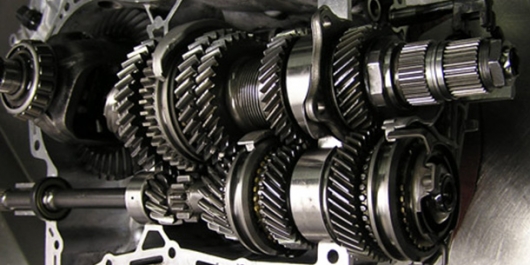
Here, for example, take me. The first car that I started to ride as soon as I turned 18-years-old, was our family Mercedes-Benz W124 with diesel-powered. Looking back I realize that it was a great car to learn the basics of management. Engine power less than 100 HP, quickly will not be dispersed, even if I wanted, reliable, literally do not kill the mechanics, old school automotive.
As soon as I more or less sorted out with a smooth gear shifting without jerks and Peregudova, began to wonder: “what am I doing wrong while working with PPC?” Was optimal the desire for maximum smooth and rapid switching speeds, as on “automatic”? Do I need to do so? Perhaps constantly slipping the clutch failed transmission to the emergency bulkhead? And engine braking. If it doesn’t kill the system shift? Not to mention the incomplete squeezing the clutch when the gears engage each other hard with a furious screech. It so happened that the answer to all your questions I found in the foreign segment of the Internet. They said the expert from motorsports Wyatt Knox from Team O’neil Rally School.
Try to switch no-slip grip
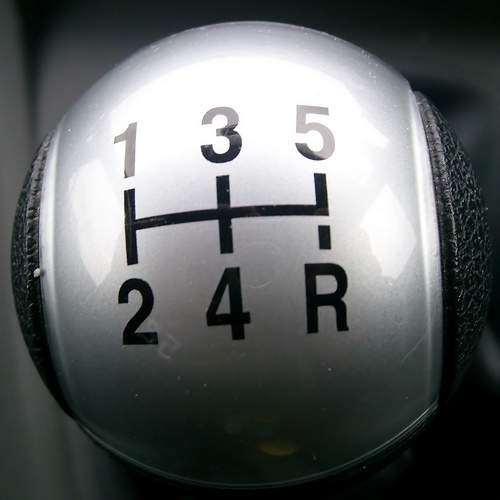
First take the slip (“beating” clutch), a term applied in cases when the driver lifts a foot from the clutch pedal when it is turned on too slow. Sometimes it is compounded by the fact that some car owners keep the clutch in so-called “grey zone”. For example, keep the car on the descent with the help of “games” with the clutch pedal, not braking system (probably every one of us when this thread will move on a green traffic light). It is certainly comfortable and with enough skill will not allow the car to roll back, providing a quick start, but the machine is actually not very much.
The Explanation For Wyatt Knox:
“Whenever you do that, says Wyatt, is to accelerate the wear of the clutch even if the clutch slip (the minimum) necessary, for example, when driving in first gear, but with a long ottyaga the clutch pedal. The reason? Friction clutch heats it to extreme temperatures, which can lead to breakdowns. If you do it too long, you can destroy a new clutch in the shortest possible time”.
“The longer time you spend in this grey area, the less will live the clutch on your car,” says Wyatt. “You can drive without replacing the one on the clutch a couple of hundred thousand miles (160-320 km), if you want, or you can burn it in a day.”
How to act:
Best leave the clutch pedal when shifting quickly, but smoothly enough. Throw it is also not necessary, otherwise it will fall under attack gear inside the box. You must choose (or rather to develop his motor skills) optimal vacation mode left pedal. While you are learning to drive, to achieve this ratio – smoothly and quickly – not easy, but this should strive for. And practice, practice, practice…
How much real time will it take to destroy the gears in the gearbox? Longer than you think
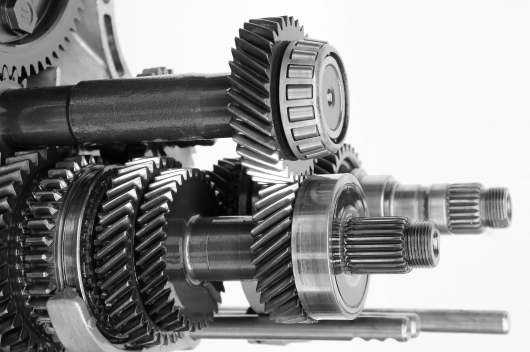
Probably the worst sound for any driver who drives a manual transmission is the sound of gnashing gears incorrectly hooked. This is possible in several cases:
1. When you are not squeezed out pedal of coupling;
2. When you try to shift without squeezing the clutch (there is such a race port gear) and the shaft speed and the engine didn’t match
3. Or when you move coasting in neutral, and try to tuck the gear without declutching.
The sound is very bad and even can cause panic among caring car enthusiast. I was pleased to learn that this is not the end of the world. Rally racer reassured: “Even if you deliberately “grind” gears, you’ll have an hour or two to get her into disrepair, and this means that in this way the average car owner will never kill box. In fact, most drivers, as soon as they hear a similar noise for a few seconds correct a situation, disconnecting the clutch.
Engine braking is bad? No, but not as good
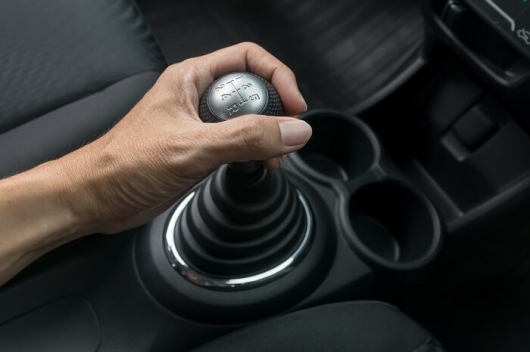
One thing I’ve done in a car with a manual transmission is always engine braking or downshifting to slow down car without using the brakes. Someone might say that in this way you can save some money on pads and brake discs, but I have been doing this for security – in the winter, in heavy rain or on loose surfaces the chance of skidding sharply reduced.
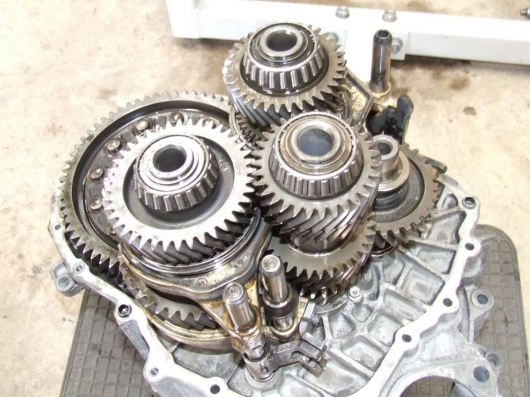
Have rally racer in this respect his opinion. Speaking about the “civil” use of the car, he noticed that the clutch and gear in the long run will live longer if every time you go to neutral, then stop the car braking system: “the Slowing effect downshift, he says, is what created the brakes.”
Here’s how to start a car without consequences (the Final, humorous advice)
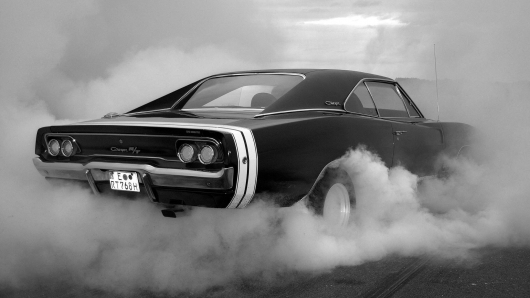
Although this material is written for normal people, not maniacs, for example, do you want to start on a car, causing him the least amount of harm. Follow one simple but important rule: never put the gas pedal to the floor until the clutch is fully released. And your car and your nerves will be more whole.
Sometimesiamanasshole знатьЗаконодательствоТехосмотрЛайфхак
Knowledge base
